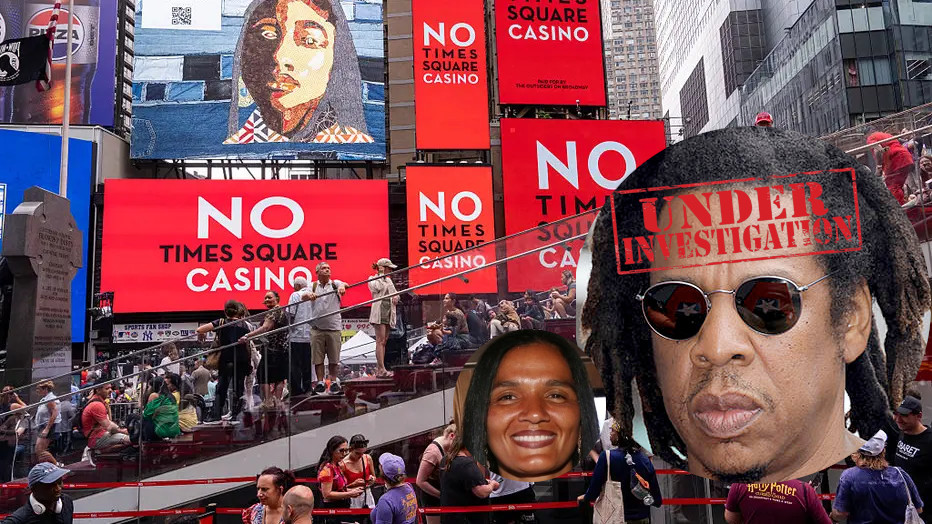NEW YORK (AP) — As about 150 world leaders prepared for the U.N. General Assembly, the U.S. Secret Service quietly shattered a hidden telecom threat in Manhattan. This network, made up of over 300 SIM servers and 100,000 SIM cards, could have caused considerable chaos, disrupting cellular communications precisely when the city was most vulnerable.
Authorities have indicated that the system had the potential to cripple communications in New York, a critical concern given the reliance on such networks for emergency responses and everyday communication. The investigation suggests this type of threat represents a new frontier regarding attacks on the communication infrastructure of modern cities.
A Broader Investigation
The uncovering of this network is part of an ongoing Secret Service probe into potential telecommunications threats aimed at senior officials. The capabilities of the system were alarming, and officials warned it could have easily led to the collapse of communication networks in a time of great need.
Matt McCool, special agent in charge of the Secret Service’s New York field office, stated, “It can take down cell towers, so then no longer can people communicate, right? You can’t text message, you can’t use your cell phone.”
Investigation Insights
While there is currently no confirmed plot to disrupt the U.N. General Assembly, the potential ramifications if the network had remained operational are significant. Investigators suspect elements of organized crime and even foreign state actors may have connections to the setup, highlighting the seriousness of the threat.
As forensic communications analysis continues, authorities acknowledge the scale and expense behind the operation, which was apparently well-funded and organized, costing millions of dollars. The threat serves as a reminder that potential risks to national security persist, especially in urban environments.


















